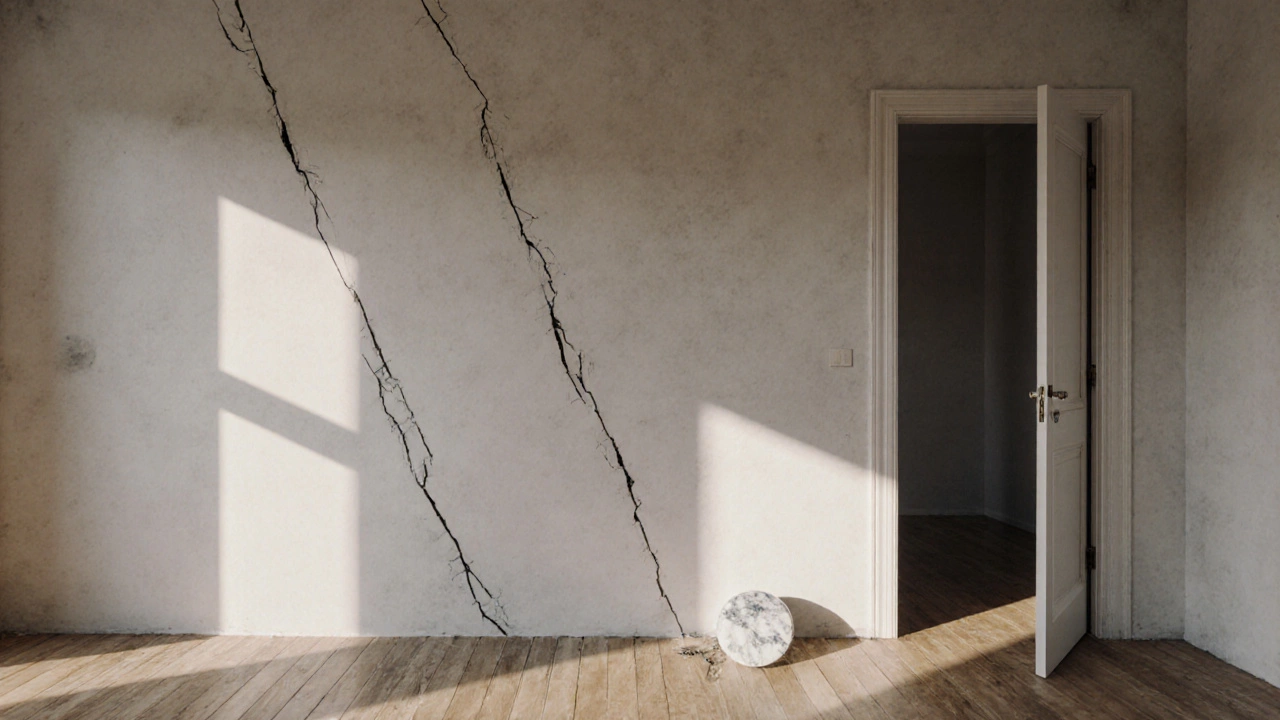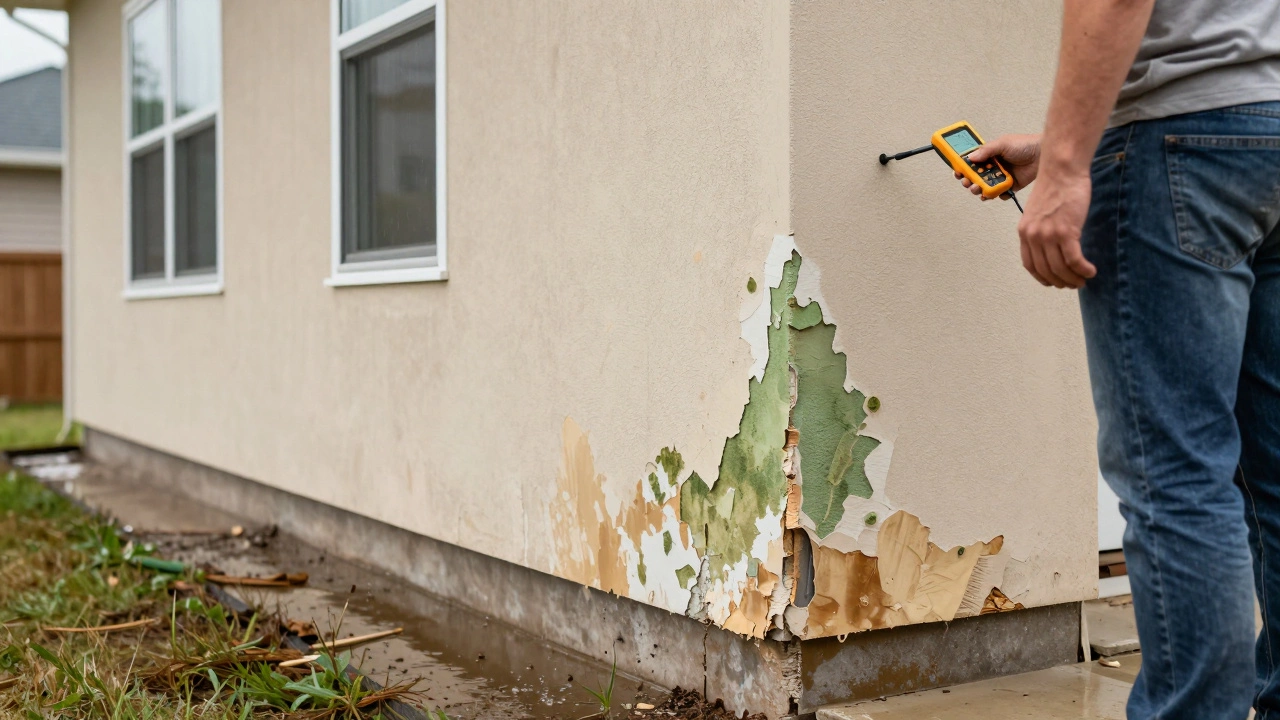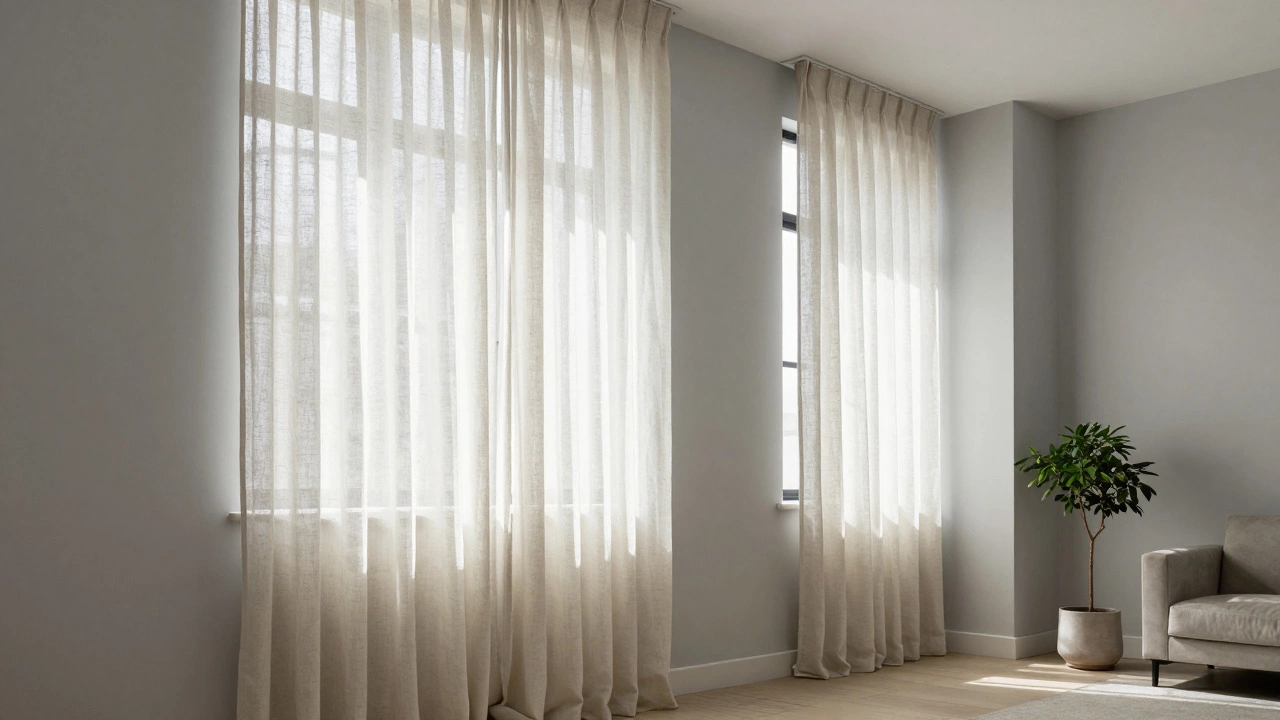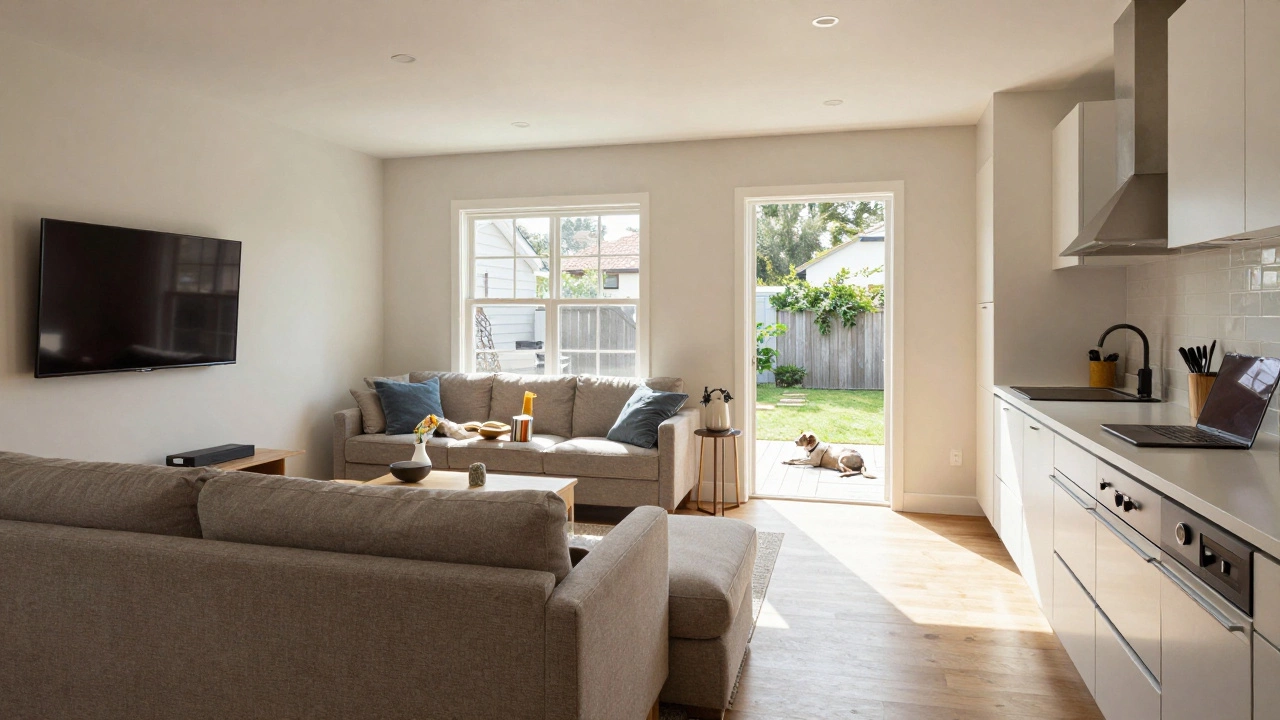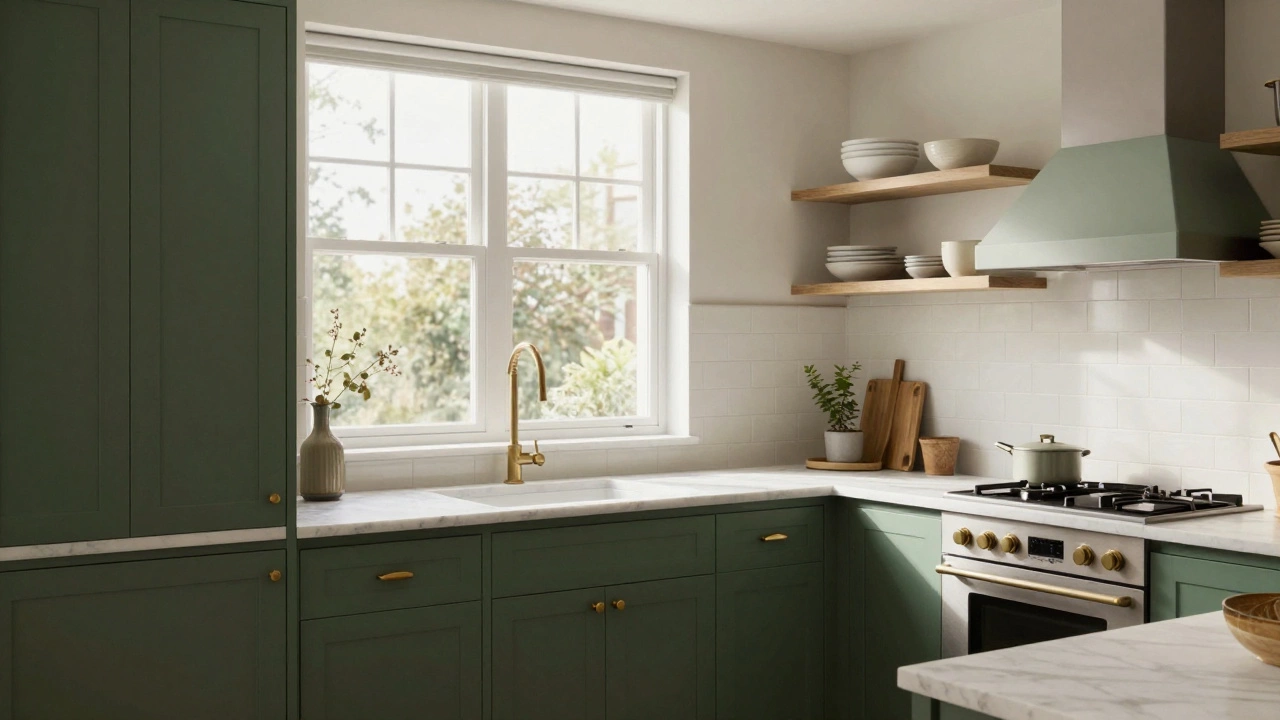When you buy a new house, you expect it to be solid, safe, and built to last. But too many homeowners discover something terrifying after moving in: the house isn’t just a little off-it’s fundamentally broken. A major structural defect isn’t a cracked tile or a sticky door. It’s something that threatens the entire safety and stability of the building. And in new builds, these problems are more common than you think.
What Counts as a Major Structural Defect?
A major structural defect is a flaw in the core load-bearing parts of a house that compromises its ability to support weight and resist forces like wind, earthquakes, or even just the weight of people and furniture. These aren’t cosmetic issues. They’re engineering failures. Think of it like a car with a bent frame-you can fix the paint, but if the frame’s broken, the whole thing’s unsafe.
In Australia, building standards (like the National Construction Code) define structural elements as foundations, walls, floors, roof frames, and load-bearing beams. If any of these are installed wrong, poorly designed, or made with substandard materials, you’ve got a major defect. It doesn’t matter if the house looks perfect on the outside. The damage could be hidden inside the walls, under the slab, or behind the cladding.
Top 5 Major Structural Defects in New Builds
Here are the most common structural failures we see in new homes across Melbourne and beyond:
- Incorrect or insufficient foundation design-Slabs that aren’t thick enough, footings that don’t reach stable soil, or poor drainage causing soil movement. This leads to uneven settling, which cracks walls, doors jam, and floors slope.
- Missing or undersized structural steel-Steel beams or columns that were left out to cut costs, or replaced with weaker alternatives. I’ve seen homes where the main roof beam was half the size required by the plans. That’s not a mistake-that’s negligence.
- Improperly installed roof framing-Rafters spaced too far apart, trusses not properly braced, or nails missing from critical joints. A roof that can’t handle snow, wind, or even heavy rain is a waiting disaster.
- Water damage hidden in wall cavities-Poor flashing, missing waterproofing membranes, or incorrectly sealed windows. Water doesn’t just rot wood-it eats away at structural timber and steel over time, often unnoticed until it’s too late.
- Non-compliant or substituted materials-Using treated pine where hardwood is required, or recycled timber that doesn’t meet strength ratings. Builders sometimes do this to save a few thousand dollars. The cost? Your safety.
Why Do These Defects Happen in New Builds?
You’d think new homes are built to the highest standards. But the truth is, the pressure to build fast and cheap is real. Many builders operate on razor-thin margins, and some cut corners to stay profitable. Others rely on underqualified subcontractors or skip critical inspections.
Here’s how it usually goes: A builder wins a contract at a low price. To make a profit, they reduce material specs, hire cheaper labor, and rush the timeline. Inspections happen, but they’re often superficial. A building inspector might check if the slab is poured, not whether the rebar spacing meets code. And once the certificate of occupancy is issued, the builder walks away-leaving you with a ticking time bomb.
It’s not always malicious. Sometimes it’s incompetence. A foreman who doesn’t understand structural engineering. A draftsman who misreads load calculations. A supplier who delivers the wrong steel grade. These aren’t rare mistakes-they’re systemic problems in a sector that’s still largely unregulated at the trade level.
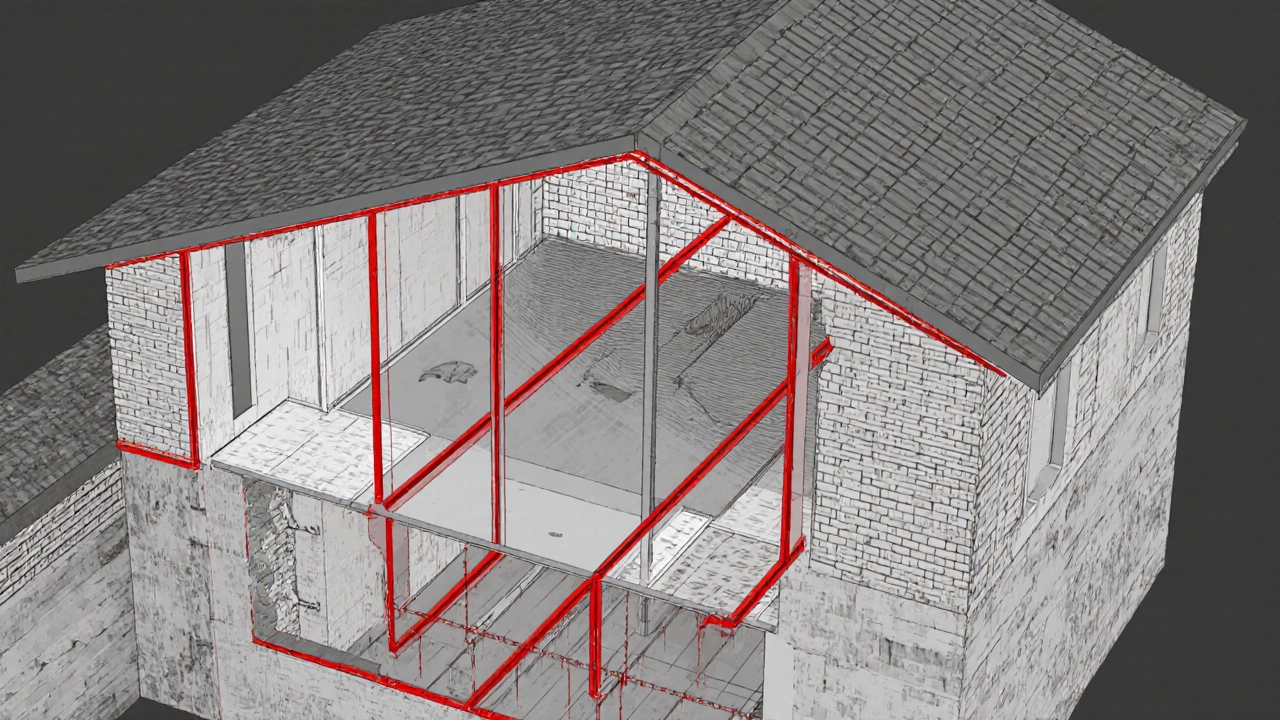
How to Spot a Major Structural Defect (Before It’s Too Late)
You don’t need to be an engineer to catch red flags. Here’s what to look for in a new build:
- Cracks wider than 3mm-Especially diagonal cracks in brickwork, or cracks that run from floor to ceiling. Hairline cracks are normal. Wider ones mean movement.
- Doors and windows that won’t close properly-If you have to lift a door to shut it, or windows stick and won’t latch, the frame is shifting.
- Sloping or bouncy floors-Stand in the middle of a room and roll a marble. If it rolls, the floor isn’t level. This often starts near load-bearing walls.
- Sticking or misaligned stairs-Stairs should be solid and straight. If the treads twist or the handrail pulls away, the structure beneath is moving.
- Water stains on ceilings or walls-Not just from leaks. If they’re recurring in the same spot, it could mean the roof structure is failing or the waterproofing is defective.
And don’t trust the builder’s word. If they say, “It’s just settling,” ask for a structural engineer’s report. Settling happens in the first 6-12 months and is minor. If you’re seeing damage 18 months after move-in, it’s not settling-it’s failing.
What to Do If You Find a Major Structural Defect
If you suspect a serious issue, don’t delay. Here’s your action plan:
- Stop using the affected area-If a wall is visibly bowing or a beam is sagging, avoid that room. Don’t wait for it to collapse.
- Document everything-Take photos, videos, and notes. Date them. Include measurements of cracks and gaps.
- Get an independent structural engineer-Not the builder’s inspector. Hire your own. In Victoria, the cost is around $800-$1,500. It’s the most important $1,500 you’ll ever spend.
- Notify the builder and your warranty provider-Most new homes in Australia come with a 6-7 year statutory warranty. You have rights. Use them.
- Report to your local building authority-In Victoria, contact the Victorian Building Authority (VBA). They can investigate and force repairs.
Many homeowners wait too long because they’re afraid of conflict. But a structural defect won’t fix itself. The longer you wait, the more expensive-and dangerous-it becomes.
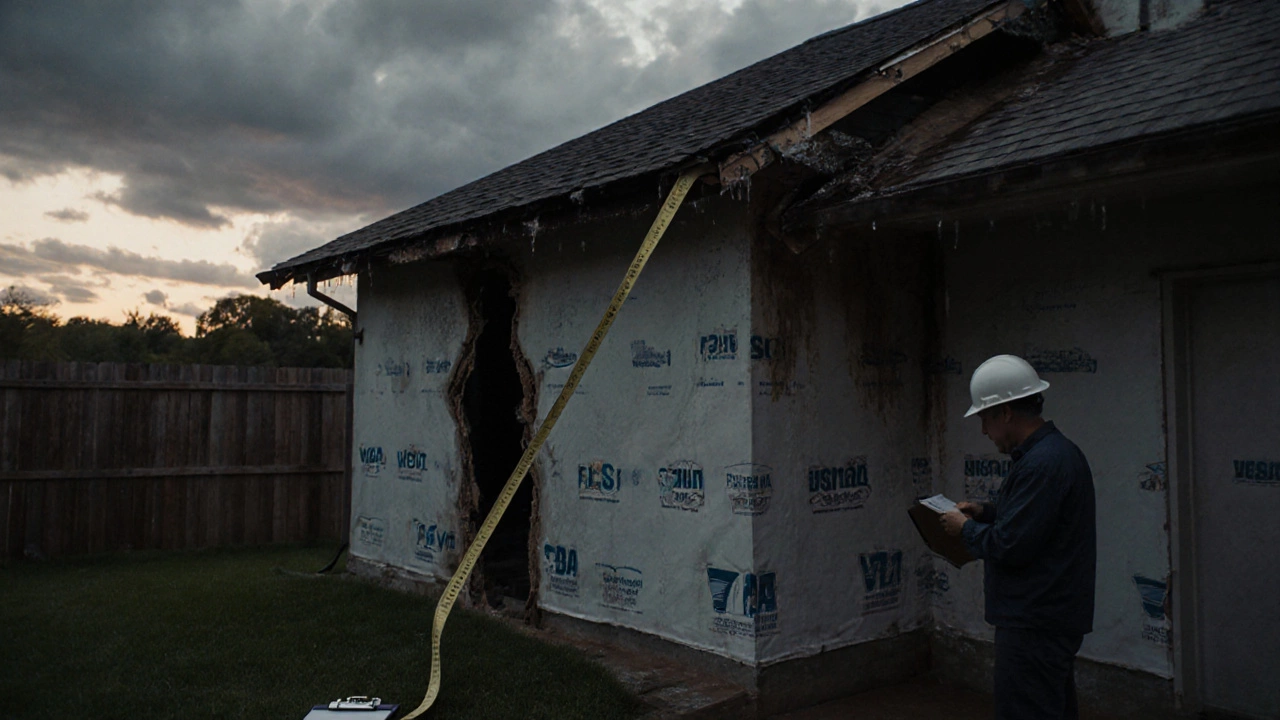
How to Avoid Buying a House with Hidden Structural Problems
Prevention is better than repair. Here’s how to protect yourself before you sign:
- Never skip the pre-handover inspection-Hire a qualified building inspector who specializes in new builds. Don’t use the builder’s inspector. Pay for an independent one.
- Ask for the structural engineer’s certificate-Legally, the builder must provide this. If they won’t show it, walk away.
- Check the building permit and inspection records-Visit your local council’s website. Look up the property address. See if inspections were signed off properly.
- Look for signs of rushed work-Nails sticking out, uneven plaster, mismatched bricks, or missing flashings. These are clues the crew was in a hurry.
- Wait 6-12 months before final handover-If possible, delay moving in. Watch for cracks, doors sticking, or water issues. Most structural problems appear within the first year.
Remember: A new house isn’t automatically safe. It’s only as good as the people who built it-and the oversight that was supposed to catch their mistakes.
What Happens After a Major Defect Is Confirmed?
Once a structural defect is proven, the builder is legally required to fix it-at their cost. In Victoria, under the Domestic Building Contracts Act, they must repair the damage to meet building standards. If they refuse, you can take them to VCAT (Victorian Civil and Administrative Tribunal).
Some builders try to offer a cash settlement instead. Don’t accept it unless you’ve had independent legal advice. A cash payout rarely covers the full cost of repairs, especially if the damage worsens over time.
In extreme cases, if the defect is severe enough, the house may be deemed uninhabitable. That’s rare-but it happens. In 2023, the VBA reported 17 new homes in Melbourne were issued with stop-work orders due to structural failures. That’s 17 families who couldn’t live in their new houses because the foundation was unsafe.
You’re not overreacting if you’re worried. You’re being smart.
Can a new house have a major structural defect even if it passed inspection?
Yes. Building inspections in Australia are often visual and brief. Inspectors don’t tear open walls or test materials. A house can pass inspection but still have hidden defects like undersized beams, poor rebar placement, or water damage behind cladding. That’s why an independent pre-handover inspection is critical.
How long do I have to report a structural defect in a new build?
In Victoria, you have up to 7 years from the date of practical completion to make a claim under the statutory warranty. But you should act as soon as you notice signs. Delaying can make repairs harder and more expensive, and may weaken your case if you need to go to tribunal.
Are structural defects covered by home insurance?
No. Standard home insurance doesn’t cover defects caused by poor construction. It covers accidental damage, fire, or storms. Structural defects are the builder’s responsibility under warranty law, not your insurer’s.
Can I sell a house with a known structural defect?
You can, but you must disclose it. Failing to disclose a known structural issue can lead to legal action from the buyer. It’s better to get it repaired first. A repaired defect with proper certification is far easier to sell than a hidden one.
What’s the difference between a minor and major structural defect?
A minor defect is something that affects appearance or function but not safety-like a cracked tile or a squeaky floor. A major structural defect affects load-bearing elements and compromises the building’s integrity. Think: cracked foundations, sagging roof beams, or walls that are leaning. One is a nuisance. The other is dangerous.

